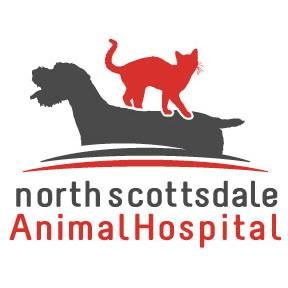Let’s get to the point, the “designer” dog that you purchased for a small fortune is not a new “breed” and will not necessarily have the best qualities of both of the parents. Your dog is a mutt with a fancy name! The designer dog craze is one of the more successful animal-related cons currently ongoing.
A dog breed as described by Wikipedia is “represented by a sufficient number of individuals to stably transfer its specific characteristics over generations. Dogs of same breed have similar characteristics of appearance and behavior, primarily because they come from a select set of ancestors who had the same characteristics. Dogs of a specific breed breed true, producing young closely similar to the parents”. Even though the term “breed” is more of a descriptive term rather than a scientific one, it denotes a clear unambiguous picture in one’s mind. Anyone familiar with dogs could easily likely conjure a mental picture of a German shepherd or Labrador. Crossing a schnauzer with a Maltese, dogs of similar size and station will not produce a dog that closely resembles either parent. It’s just a “mutt” or cross-breed that has a fancy name, the Mauzer. Pay the exorbitant fees to suspect people who call themselves breeders, but accept the fact that your dog does not have more of a pedigree than the mutt someone adopts from a shelter.
The other common misconception about the “designer dog” is that if you cross two distinct breeds the best of both breeds will end up in the pups. The genetics of dog breeding don’t work that way. Start out with healthy problem-free parents and the pups will likely have fewer problems. Breed two unhealthy dogs to turn a quick buck and you will be faced with many furious puppy owners. Take my advice as a vet and dog owner, stay away from the designer dog there are too many “mutts” in rescues and shelters that will provide any family with a fabulous dog. The scruples of many people who breed these “designer pups” are often non-existent. In fact the term “crook” is often appropriate to describe them.


